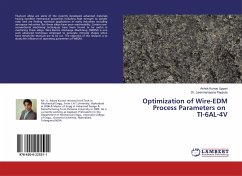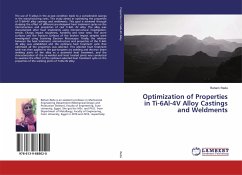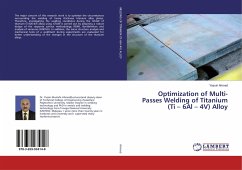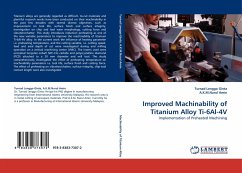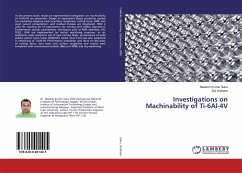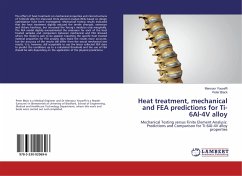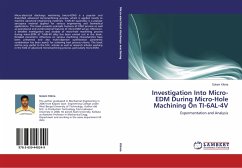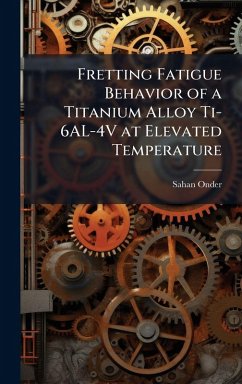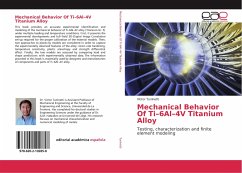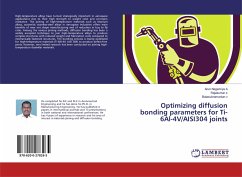
Optimizing diffusion bonding parameters for Ti-6Al-4V/AISI304 joints
Versandkostenfrei!
Versandfertig in 6-10 Tagen
27,99 €
inkl. MwSt.

PAYBACK Punkte
14 °P sammeln!
High-temperature alloys have turned strategically important in aerospace applications due to their high strength to weight ratio and corrosion resistance. The joining of high-temperature materials such as titanium alloys, austenitic stainless-steel alloys in aerospace industries offers main benefits of near net shape manufacturing and of reduction in buy to fly ratio. Among the various joining methods, diffusion bonding has been a widely accepted technique to join high-temperature alloys to produce complex structures with reduced weight and fabrication costs compared to mechanically fastened s...
High-temperature alloys have turned strategically important in aerospace applications due to their high strength to weight ratio and corrosion resistance. The joining of high-temperature materials such as titanium alloys, austenitic stainless-steel alloys in aerospace industries offers main benefits of near net shape manufacturing and of reduction in buy to fly ratio. Among the various joining methods, diffusion bonding has been a widely accepted technique to join high-temperature alloys to produce complex structures with reduced weight and fabrication costs compared to mechanically fastened structures. The bonding process is mainly optimized for high-temperature materials (Ti-6Al-4V, AISI 304) to produce defect-free joints. However, very limited research has been conducted on joining high-temperature dissimilar materials.



